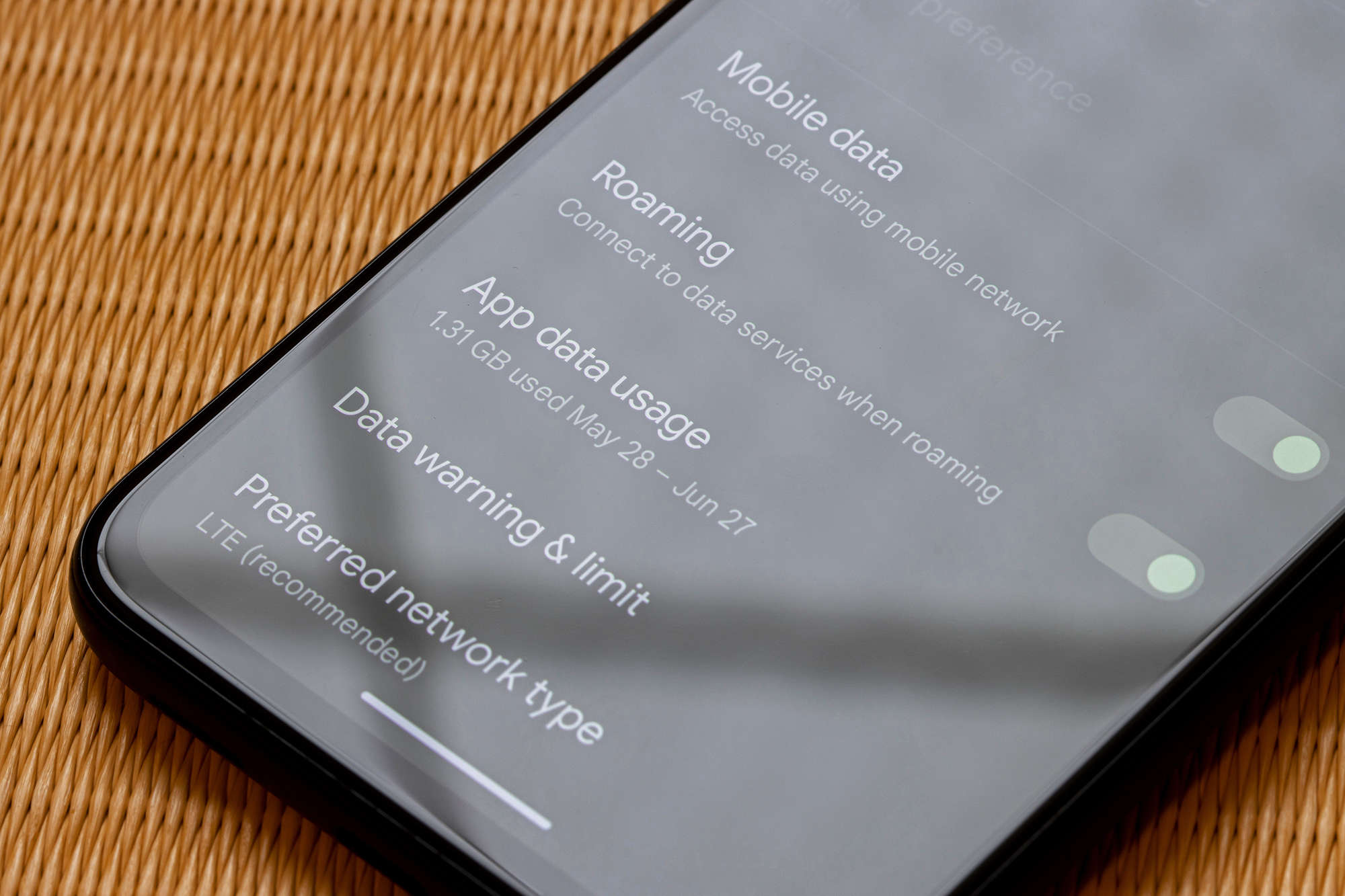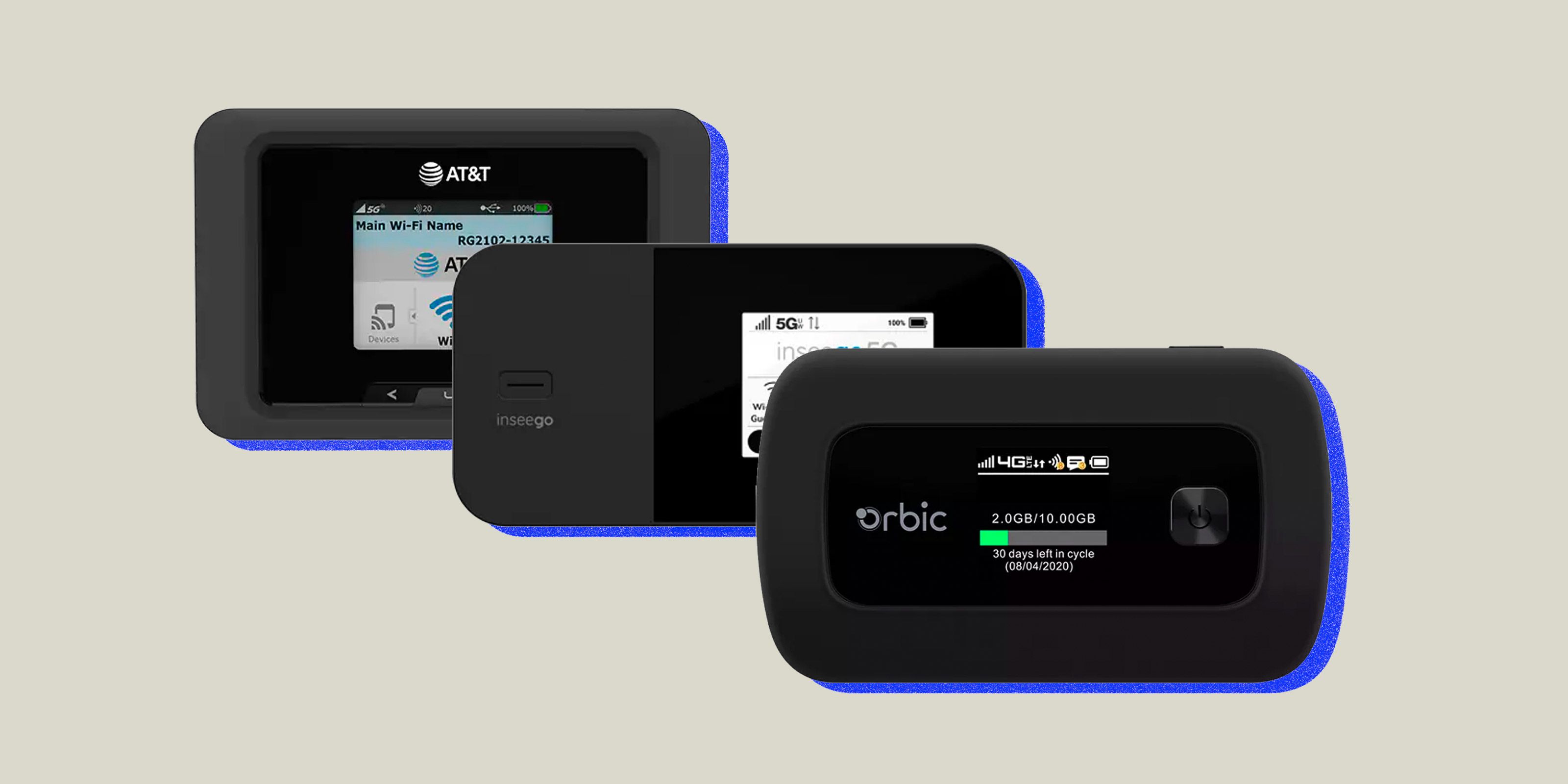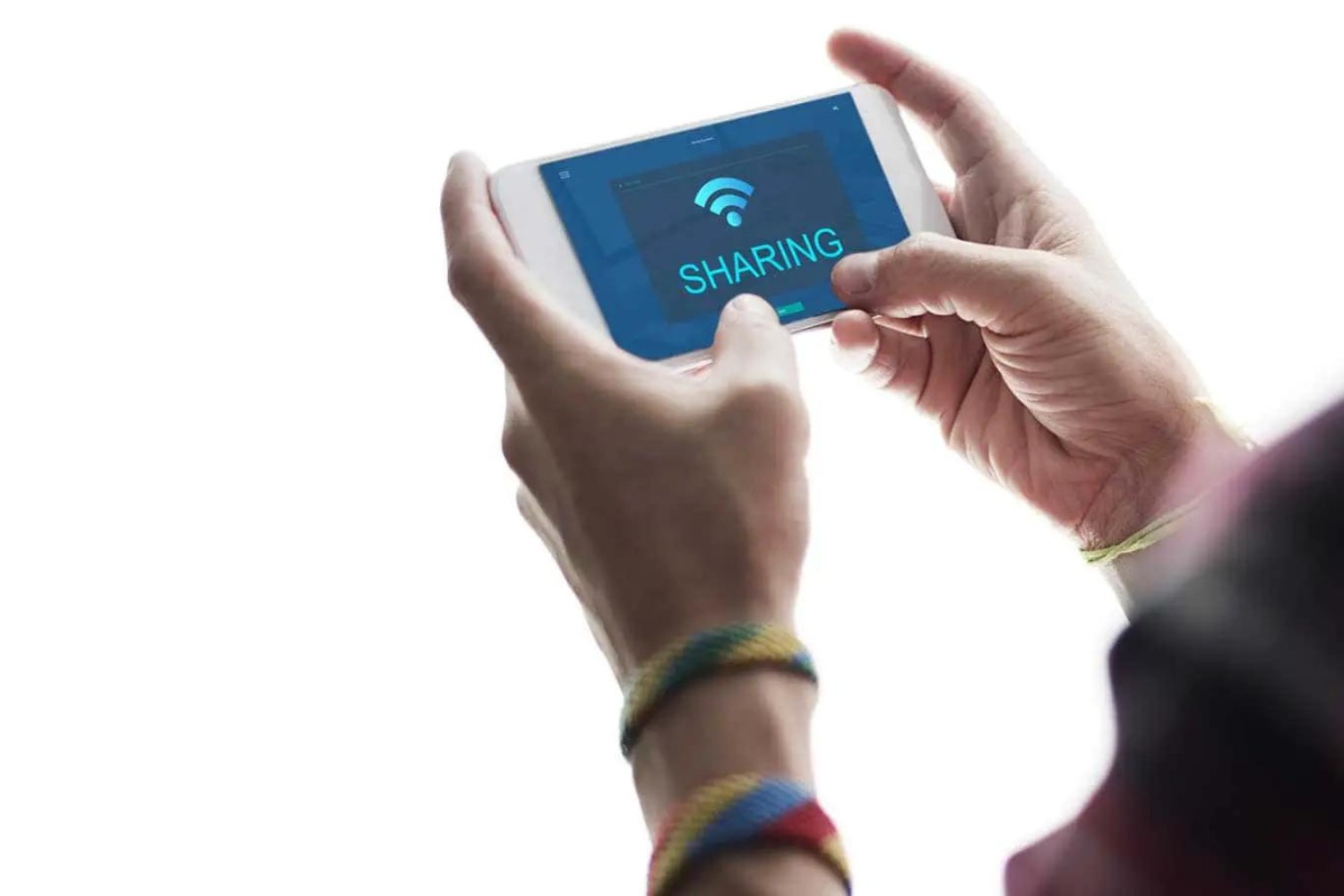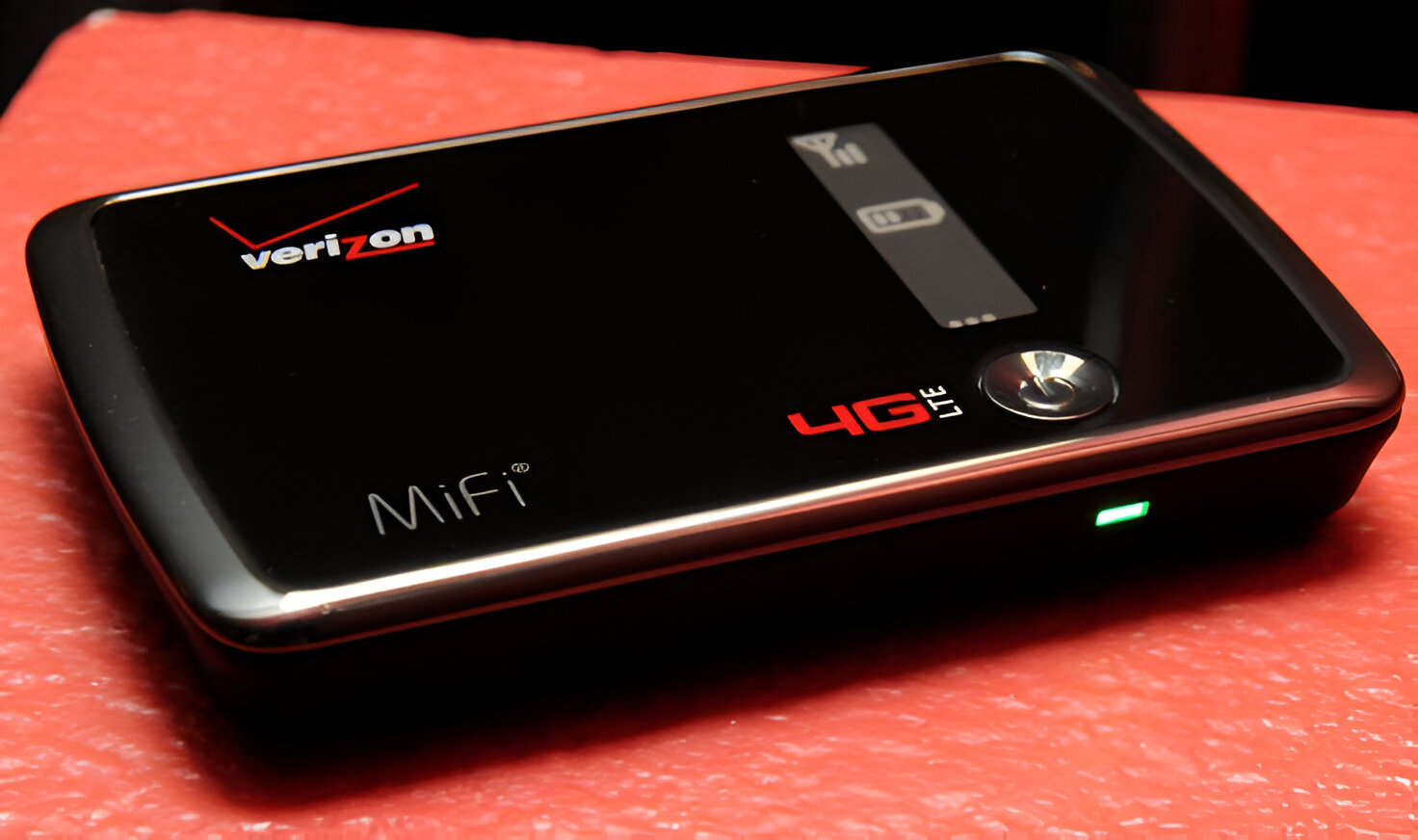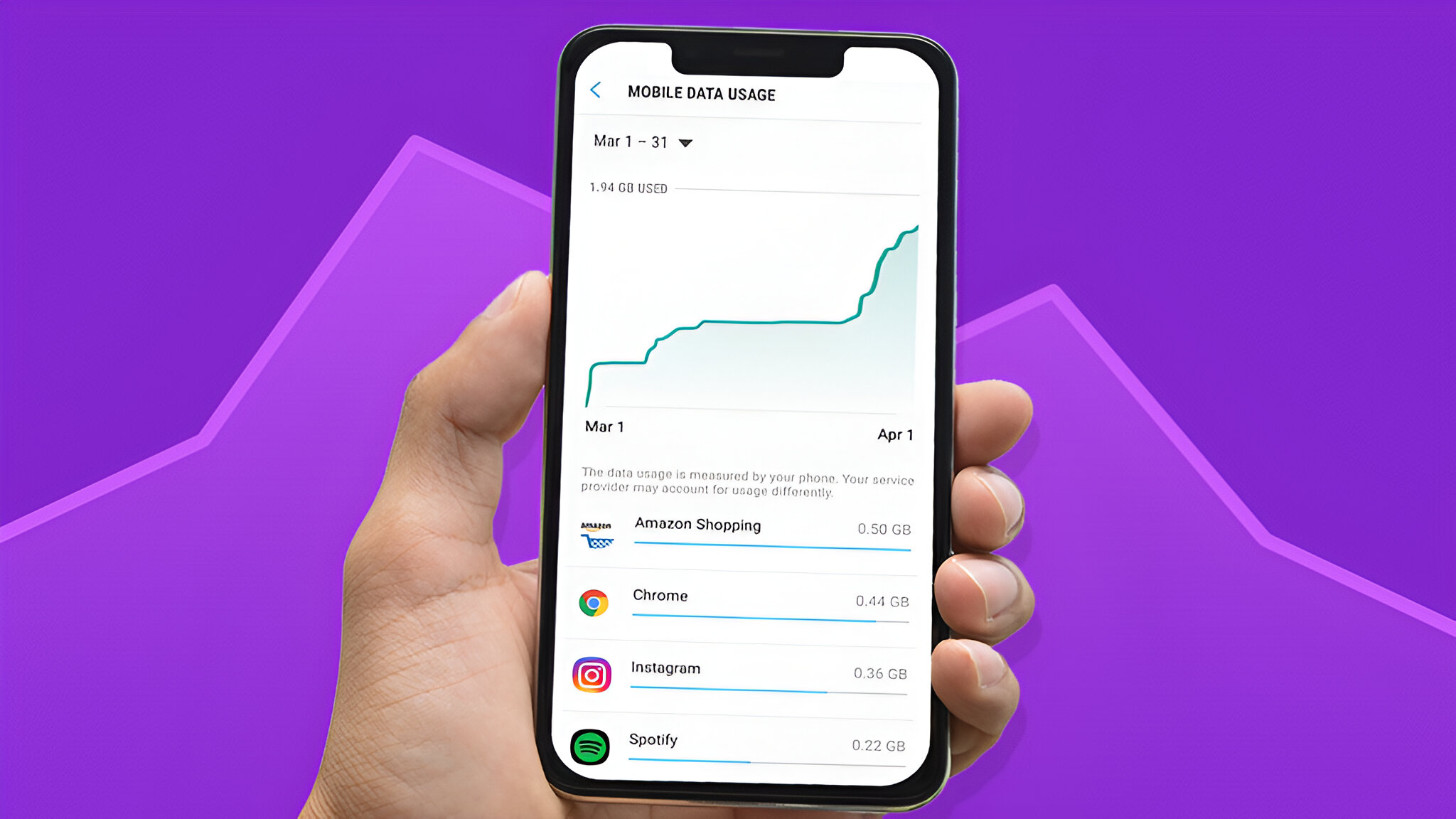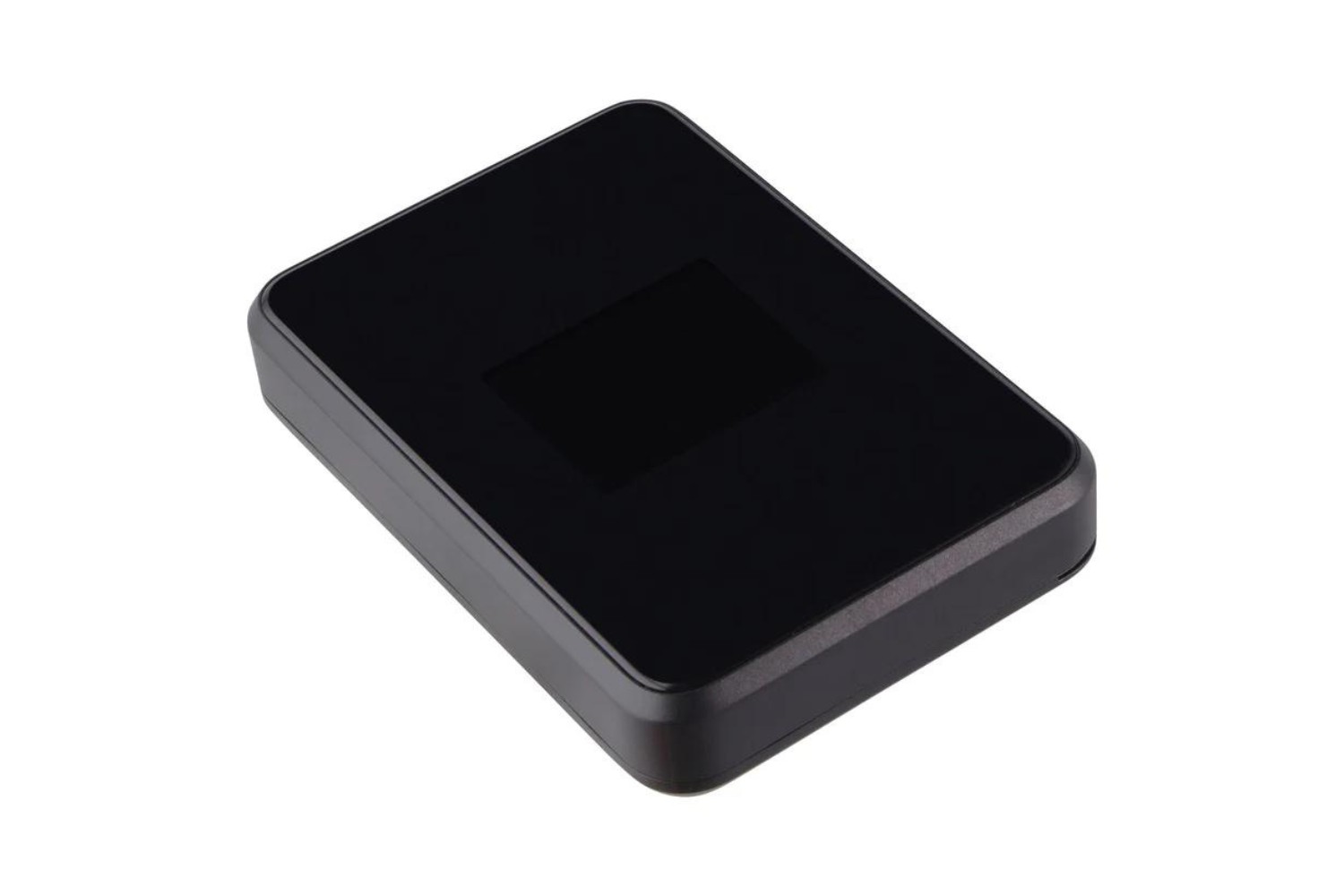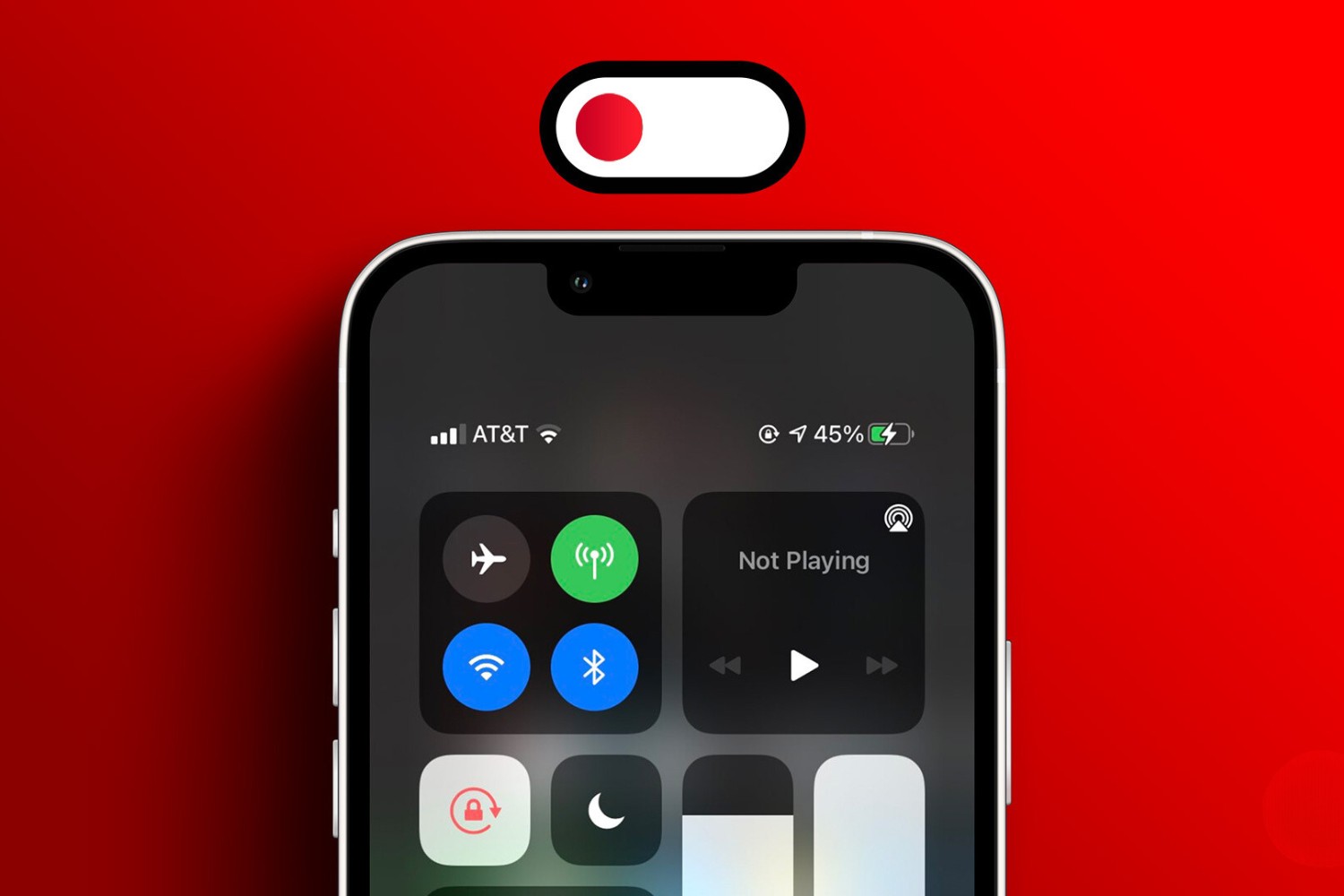Understanding Your Personal Hotspot
Your personal hotspot is a nifty feature that turns your smartphone or tablet into a portable Wi-Fi hotspot, allowing you to share your mobile data connection with other devices. This feature comes in handy when you're in a location with no available Wi-Fi network or if you need a secure connection while on the go.
When you activate your personal hotspot, it essentially creates a small, localized Wi-Fi network that other devices can connect to. This means that you can share your cellular data connection with devices like laptops, tablets, and other smartphones. This feature is especially useful for individuals who need to stay connected while traveling or working remotely.
It's important to note that using your personal hotspot may consume your mobile data allowance, so it's crucial to keep an eye on your data usage to avoid unexpected charges from your mobile carrier. Additionally, the speed and reliability of your personal hotspot connection may vary depending on your cellular network coverage and the number of connected devices.
Understanding the capabilities and limitations of your personal hotspot can help you make the most of this convenient feature. Whether you're using it for work, leisure, or emergencies, having a clear understanding of how your personal hotspot functions empowers you to stay connected wherever you are.
Managing Your Devices
Managing the devices connected to your personal hotspot is essential for maintaining a stable and efficient connection. When multiple devices are linked to your hotspot, it can impact the overall performance and speed of the connection. Here are some tips for effectively managing your devices:
-
Prioritize Connected Devices: Some personal hotspot settings allow you to prioritize specific devices, ensuring that they receive a more stable and robust connection. Prioritizing important devices, such as your work laptop or a critical project, can help maintain productivity and minimize interruptions.
-
Limit the Number of Connected Devices: While the convenience of sharing your hotspot with multiple devices is undeniable, it's important to consider the impact on connection speed and stability. Limiting the number of connected devices can prevent overloading the hotspot and ensure a smoother experience for all users.
-
Monitor Device Activity: Keep an eye on the activity of connected devices to identify any potential issues or excessive data consumption. Some devices may be running background processes or automatic updates, consuming more data than necessary. Monitoring device activity allows you to address any anomalies promptly.
-
Disconnect Inactive Devices: Encourage users to disconnect from the hotspot when they are not actively using it. Inactive devices still connected to the hotspot can contribute to network congestion and reduce the overall performance for active users.
-
Communicate Usage Guidelines: If you're sharing your personal hotspot with others, it's beneficial to establish usage guidelines. Communicate the importance of responsible data usage and encourage users to avoid bandwidth-heavy activities that could impact the connection for others.
By effectively managing the devices connected to your personal hotspot, you can optimize the overall performance and ensure a seamless experience for all users. Whether you're using the hotspot for work, leisure, or staying connected while traveling, implementing these management strategies can help maintain a reliable and efficient connection.
Security Measures
When using your personal hotspot, prioritizing security measures is paramount to safeguard your data and maintain a secure connection. As you extend your mobile data connection to other devices, it's crucial to implement the following security measures:
-
Enable Password Protection: Always set a strong password for your personal hotspot to prevent unauthorized access. A robust password acts as a barrier against potential intruders attempting to connect to your hotspot without your permission. Avoid using easily guessable passwords and opt for a combination of alphanumeric characters and special symbols to enhance security.
-
Use WPA2 Encryption: Ensure that your personal hotspot is configured to use WPA2 (Wi-Fi Protected Access 2) encryption. WPA2 offers advanced security features, making it significantly more difficult for unauthorized users to intercept and decipher your data transmissions. By utilizing WPA2 encryption, you add an extra layer of protection to your hotspot network.
-
Enable Firewall Protection: Many smartphones and tablets offer built-in firewall protection that can be activated to monitor and control incoming and outgoing network traffic. Enabling the firewall on your device adds an additional security barrier, helping to block unauthorized access and potential threats from reaching your connected devices.
-
Regularly Update Device Software: Keep your smartphone or tablet's operating system and hotspot-related software up to date. Software updates often include security patches and enhancements that address potential vulnerabilities, reducing the risk of exploitation by cyber threats.
-
Disable Auto-Connect Features: Some devices have auto-connect features that automatically join known Wi-Fi networks, including personal hotspots. While convenient, this feature can pose a security risk if your device inadvertently connects to an unsecured or malicious hotspot. Disable auto-connect features to maintain control over your hotspot connections.
-
Monitor Connected Devices: Regularly review the list of devices connected to your personal hotspot. If you notice any unfamiliar devices, promptly disconnect them and consider changing your hotspot password to prevent unauthorized access.
By implementing these security measures, you can significantly enhance the safety and integrity of your personal hotspot. Prioritizing security not only protects your data and privacy but also ensures a worry-free and secure browsing experience for all connected devices.
Data Usage Monitoring
Data usage monitoring is a critical aspect of managing your personal hotspot effectively. By staying informed about the amount of data being consumed, you can avoid exceeding your mobile data allowance and prevent unexpected charges from your mobile carrier. Here's how you can monitor data usage and make informed decisions to optimize your hotspot usage:
Built-in Data Tracking Tools
Most smartphones and tablets come equipped with built-in data usage tracking tools that allow you to monitor the amount of data consumed by your personal hotspot. These tools provide detailed insights into which apps and services are utilizing the most data, empowering you to identify potential data-hungry culprits and take necessary actions to mitigate excessive consumption.
Set Data Usage Alerts
Take advantage of the data usage alert features available on your device. By setting usage thresholds and receiving alerts as you approach predefined limits, you can proactively manage your data consumption. These alerts serve as timely reminders to adjust your usage patterns or consider alternative connectivity options when nearing your data cap.
Utilize Third-Party Apps
Explore third-party applications designed to monitor data usage on your device. These apps often offer additional features, such as real-time monitoring, historical usage data, and customizable alerts. They provide a comprehensive overview of your data consumption and offer insights to optimize your hotspot usage based on your specific needs and preferences.
Review App-Specific Usage
Examine the data usage of individual apps and services connected to your personal hotspot. Some apps may consume substantial amounts of data in the background, impacting your overall usage. By identifying and addressing these data-intensive applications, you can effectively manage your hotspot data allocation and ensure efficient utilization.
Periodic Data Usage Analysis
Regularly review your data usage patterns and adjust your hotspot usage strategy accordingly. Analyzing historical data usage trends enables you to make informed decisions about when and how to utilize your personal hotspot. By identifying peak usage periods and adjusting your connectivity habits, you can optimize your data consumption while maintaining a reliable connection.
Implement Data-Saving Techniques
Explore data-saving features available on your device and within specific apps. These features are designed to minimize data usage without compromising the quality of your online experience. By enabling data-saving modes, restricting background data access, and utilizing compression technologies, you can maximize the efficiency of your personal hotspot while conserving data.
By actively monitoring your data usage and implementing informed strategies, you can optimize the usage of your personal hotspot and make the most of your mobile data allowance. Staying vigilant about data consumption not only helps you avoid unnecessary costs but also ensures a seamless and uninterrupted connectivity experience for all your connected devices.
Tips for Maximizing Battery Life
Preserving the battery life of your smartphone or tablet while using it as a personal hotspot is essential for uninterrupted connectivity, especially when you're on the move. Here are some practical tips to help you maximize the battery life of your device:
1. Enable Power-Saving Mode
Activate the power-saving mode on your device to optimize battery usage. This feature adjusts various settings, such as screen brightness, CPU performance, and background app activity, to conserve power without significantly impacting your hotspot's functionality.
2. Manage Screen Brightness
Lowering the screen brightness can significantly reduce battery consumption. Adjust the brightness level to a comfortable yet energy-efficient setting, especially when using your device as a personal hotspot for extended periods.
3. Close Unused Apps
Minimize the number of open apps running in the background. Unused apps consume system resources and drain the battery. Closing unnecessary apps not only conserves battery life but also enhances the overall performance of your device.
4. Disable Unnecessary Features
Turn off features like Bluetooth, GPS, and NFC when they are not in use. These functionalities can drain the battery, and disabling them when not needed can prolong the battery life of your device.
5. Use Wi-Fi Instead of Cellular Data
When possible, connect your device to a Wi-Fi network instead of relying solely on cellular data. Utilizing Wi-Fi reduces the strain on your device's battery, as Wi-Fi connections generally consume less power than cellular data connections.
6. Invest in a Portable Charger
Carrying a portable charger or power bank can provide a convenient solution for extending the battery life of your device. When using your device as a personal hotspot on the go, having a backup power source ensures uninterrupted connectivity without draining your device's internal battery.
7. Update Device Software
Ensure that your device's operating system and hotspot-related software are up to date. Software updates often include battery optimization enhancements, addressing potential inefficiencies and improving overall battery performance.
8. Monitor Battery Usage
Utilize built-in battery monitoring tools to track the usage patterns of your device. Identifying apps or processes that consume significant battery power allows you to take corrective actions and optimize battery usage while using your device as a personal hotspot.
9. Implement Scheduled Charging
Consider implementing scheduled charging cycles to avoid overcharging your device's battery. By adhering to recommended charging practices, you can prolong the overall lifespan of the battery and maintain its long-term performance.
10. Utilize Battery-Saving Modes
Explore the battery-saving modes available on your device. These modes are designed to limit background processes, adjust performance settings, and conserve power, effectively extending the battery life while using your device as a personal hotspot.
By incorporating these practical tips into your device usage habits, you can effectively maximize the battery life of your smartphone or tablet while utilizing it as a personal hotspot. Prioritizing battery efficiency ensures that you can stay connected without compromising on the longevity of your device's battery.







